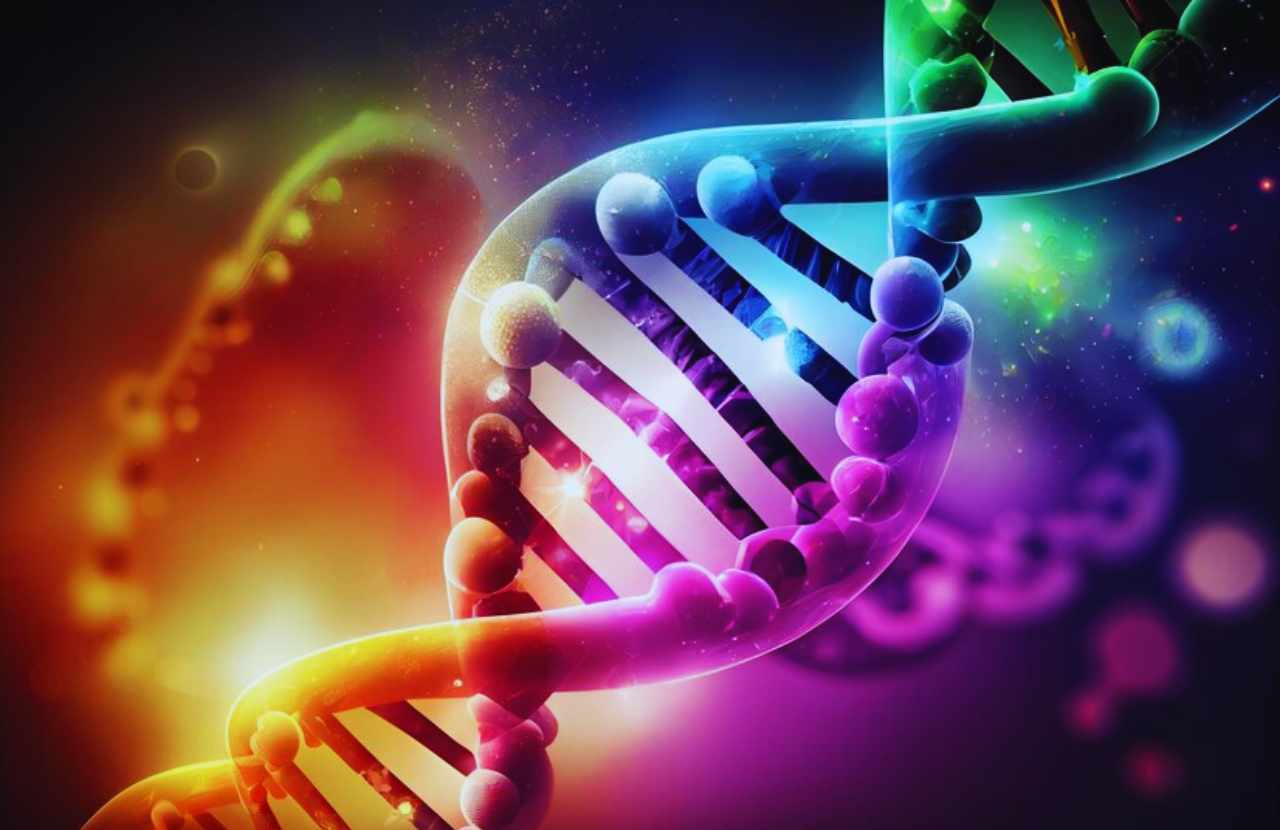Genotype and phenotype are the two elements of a person’s appearance. Genotype refers to the genetic makeup of that organism that brings out an organism’s features. The expressed features or characteristics are known as phenotypes. They both are essential elements for an organism’s appearance. Let us give you a few genotype and phenotype examples for better understanding.
What is Genotype?
An organism’s alleles for a specific gene is called its genotype.
Alleles are the different forms of genes. They are present in their fixed position on the chromosome called the locus. A gene is part of the DNA made of nucleotides that encode a trait and is observed under an electron or compound microscope if rightly stained. Genes and alleles are responsible for all traits in an organism.
The alleles determine if the genotype is homozygous or heterozygous. Homozygous genotype means two identical alleles from the parents. On the contrary, two different alleles for the same feature are known as heterozygous.
Alleles of a gene express themselves as dominant or recessive. In the presence of one dominant and one recessive allele, the organism obtains the characteristics of the dominant allele. Genotype and phenotype collectively exhibit the traits based on alleles.
Genotype Examples
A genotype is important for all features and characteristics of an individual. It acts as the backend for the phenotype. The examples mentioned below appear as a result of their genotype.
Hair Color
Hair colour is a primary example of a genotype. People have different hair colours around the world. The alleles determine the amount of melanin in a particular individual. Let’s tell you how genotype affects hair colour.
- A high amount of eumelanin: Black Color
- Moderate eumelanin: Brown Color
- Very little eumelanin: Blonde
- Pheomelanin with little eumelanin: Red Hair
Freckles
Freckles are another characteristic naturally present in some people and absent in others. The dominant genotype determines the expression or absence of freckles in people. If both parents have freckles, homozygous alleles may carry the feature to their offspring.
Albinism
Sometimes, a mutation in the genotype may also change the physical appearance. One such example is albinism. Albino people have a mutated TYR gene, which alters the amount of melanin so that your body hair does not retain any colour.
What is Phenotype?
The phenotype is the expressed (observable) traits of an organism.
The phenotype of an individual depends on their genotype and environmental factors. The genotype determines every characteristic of an organism, and its expressed form is the phenotype. Alleles can be dominant, recessive, or codominant.
Phenotype Examples
Phenotype is the detectable expressed form of genotype. Here are a few examples of phenotype.
Eye Color
Eye colour is the most easy-to-understand phenotype example. You may usually see people with light brown, dark brown, and blue eyes. Around 55% – 79% of the world’s population has brown eyes, whereas only 8% – 10% have blue eyes. This is because the blue colour is a recessive trait.
- B represents Brown eye color
- b represents blue eye color
The offspring will retain brown eye colour if both have BB alleles (brown from both parents). The colour will be blue in the case of bb (blue from both parents) alleles. However, in the case of one brown (B) and one blue (b) allele, the result will be brown eye colour. Here’s a simple explanation through Punnet’s square.
| Eye color | B | b |
| B | BB Brown homozygous | Bb Brown heterozygous |
| b | Bb Brown heterozygous | bb Blue homozygous |
Skin Color
Skin colour is a critical example of a phenotype affected by environmental factors. It does not exactly have a dominant or recessive gene. Instead, it is a polygenic trait. Three genes influence it. The number of dominant or recessive allelesdetermines the skin colour where dark complexion (D) is dominant over light skin colour (d). More D alleles mean a darker skin tone. A range of possible phenotypes explains polygenic traits. Nevertheless, a person’s light skin tone may darken over extended exposure to UV rays.

The Bottom Line
Genotype and phenotype are two aspects of an individual’s characteristics. You can think of genotype as the recipe, while phenotype is the resulting product. All traits of an organism’s personality are determined by the genotype and expressed as the phenotype. Hair and eye colour are standard examples of genotype, whereas changes in skin colour better explain phenotype due to long-term exposure to UV (sunlight).
FAQs
What is the difference between genotype and phenotype?
Genotype refers to the unique DNA sequence of an organism inherited from its parents. On the other hand, the phenotype is the observable expression of the genotype.
What are the three types of genotypes?
The different types of genotypes are homozygous dominant (PP), homozygous recessive (pp), and heterozygous (Pp).
What is the phenotype for TT?
TT is the expression for Tall. The phenotype for tallness is TT, Tt, or tt in plants. TT and tt represent homozygous alleles, whereas Tt shows one tall (T) and one dwarf (t) allele. T is the dominant trait, giving the Tt plant a tall phenotype.

